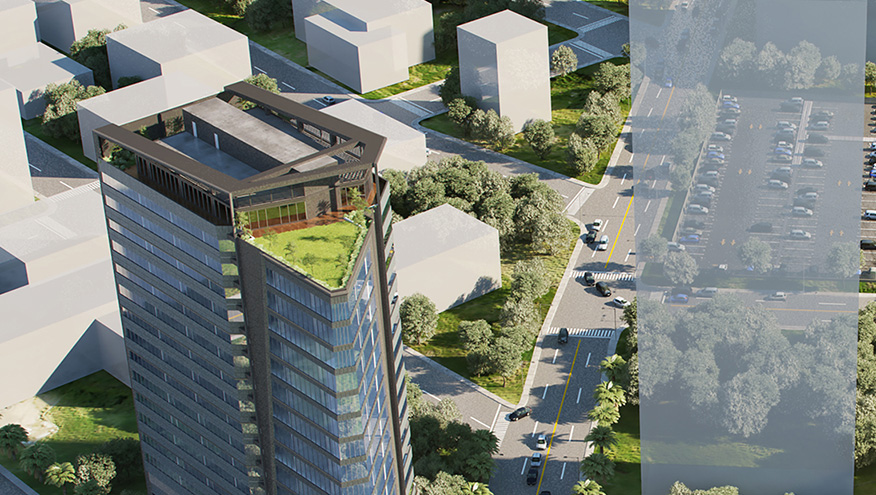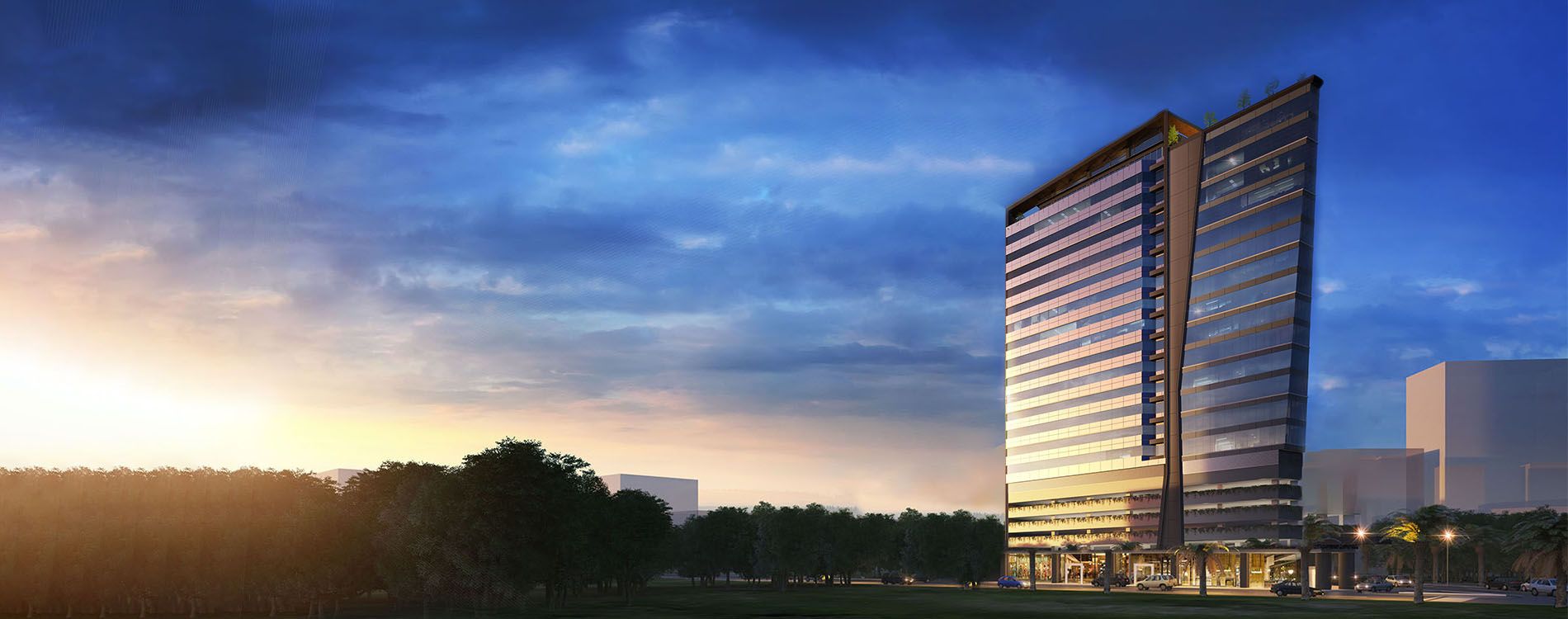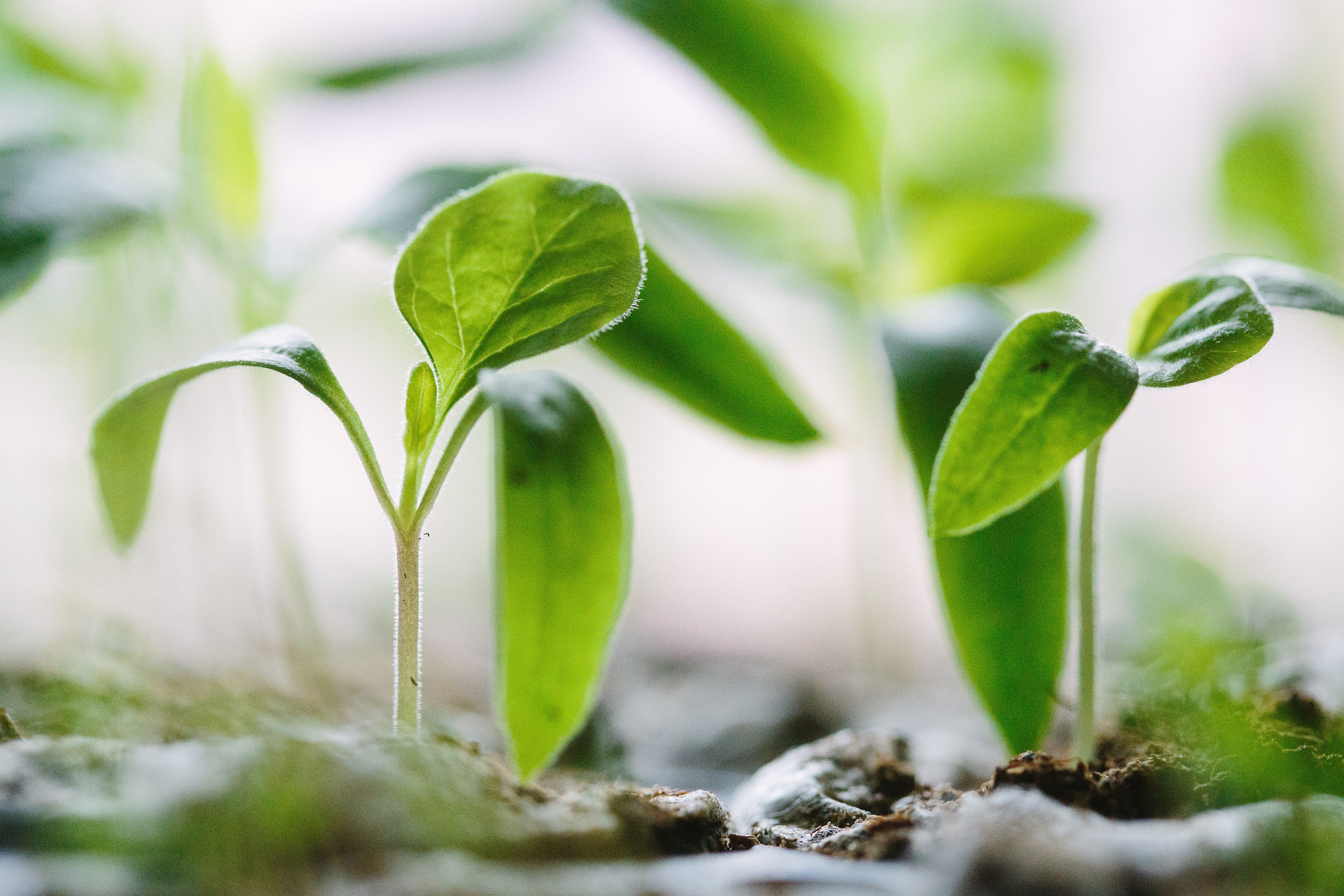March 2020 will always go down as one of the hardest times in the country’s history. The Novel Coronavirus 2019, or now officially called COVID-19, has entered the Philippines after the DOH confirmed its first case on March 5, 2020. Merely two weeks after, the Philippines records over 200 positive cases and was put under a state of public health emergency and under community quarantine.
More than just looking at the bright side of things (which is also one of the nation’s positive traits), Filipinos have stepped up and displayed a modern-day version of its centuries-old tradition of Bayanihan. As they call it, it is Filipinos for Filipinos—doing what they can to help their fellow countrymen.
COVID-19 Testing Kits
A team of UP scientists, led by Dr. Raul V. Destura, was able to develop a low-cost diagnostic kit for COVID-19 two weeks after the whole genome sequence was released by China. Before this initiative, testing kits used by the DOH were imported from South Korea and would cost around Php. 8,000 per test.

Dr. Destura, who is a microbiologist and infectious disease specialist and deputy executive director of the Philippine Genome Center, said that this project is their contribution to their pledge of finding sustainable and equitable solutions to disease of poverty as local scientists. This is their way of serving the country and giving back to their fellow Filipinos.
DIY Disinfectant Booths
Just a few days after Marikina City has started using disinfectant booths to help with the city-wide sanitation efforts, a team of industrial designers and engineers have collaborated to design a DIY disinfectant booth.

Since not all Local Government Units have the budget and resources to acquire this technology, a UP alumnus posted on his social media account that they are providing free design of an affordable and easy to build sanitation tent. The group has also called for help from the netizens to provide the contact numbers of LGUs who might find this project helpful.
To add your LGU, you may input corresponding contact information here: tinyurl.com/covidsanitationtent
Reusable Face Masks
Since the outbreak of COVID-19, face masks have been out of stock from pharmacies and suppliers, even leaving some affecting the supply for medical professionals and frontliners. Because of this crucial need, scientists from the DOST-Philippine Textile Research Institute have developed reusable facemasks which can be used up to 50 times.
The masks will use a PTRI textile-coating technology for treatment and finishing. It will also collaborate with the Power Fashion Inc. to produce masks using local fiber textiles which will be donated by the latter.
This is not only beneficial for medical professionals but also a win for the environment as well.
Life Cycles – Transport Initiative
The implementation of the enhanced community quarantine in Luzon left many of the frontliners and medical professionals without transportation options for them to get to work. A cycling enthusiast netizen pitched an alternative and organized an initiative that is eco-friendly and sustainable.

Life Cycles is an initiative formed by a group of bicycle riders and owners as an effort to provide an alternative for the employees during the suspension of mass transportation. Currently, they have gathered over 100 bikes for rent and loan for those commuting to hospitals and other government institutions. In just two days, the online community has grown with over 2,000 likes on Facebook and has raised over Php. 300,000 in cash to acquire more bicycles.
Distributing Positive Energy
In Cebu, the local sense of Bayanihan is very much alive as netizens are setting up online donation drives and fundraisers for the local frontliners in Vicente Sotto Memorial Medical Center, one of the designated COVID-19 testing centers in the country.

Locally-grown company Visayan Electric Company also gives back to their province and announced through a statement that they will be implementing a 30-day payment extension for the bills due on March 15 to April 14, 2020. To continue providing excellent service especially during times of crisis, the company also promised that scheduled interruptions will only be limited to customer requests to ensure that there will be uninterrupted service.
More than giving proof that the Bayanihan Spirit is truly alive, Filipinos have also demonstrated how resourceful and creative they are especially during times of crisis. Filipinos have shown that they’ve got each other’s backs, regardless of how big or small their contribution to the society is.


































